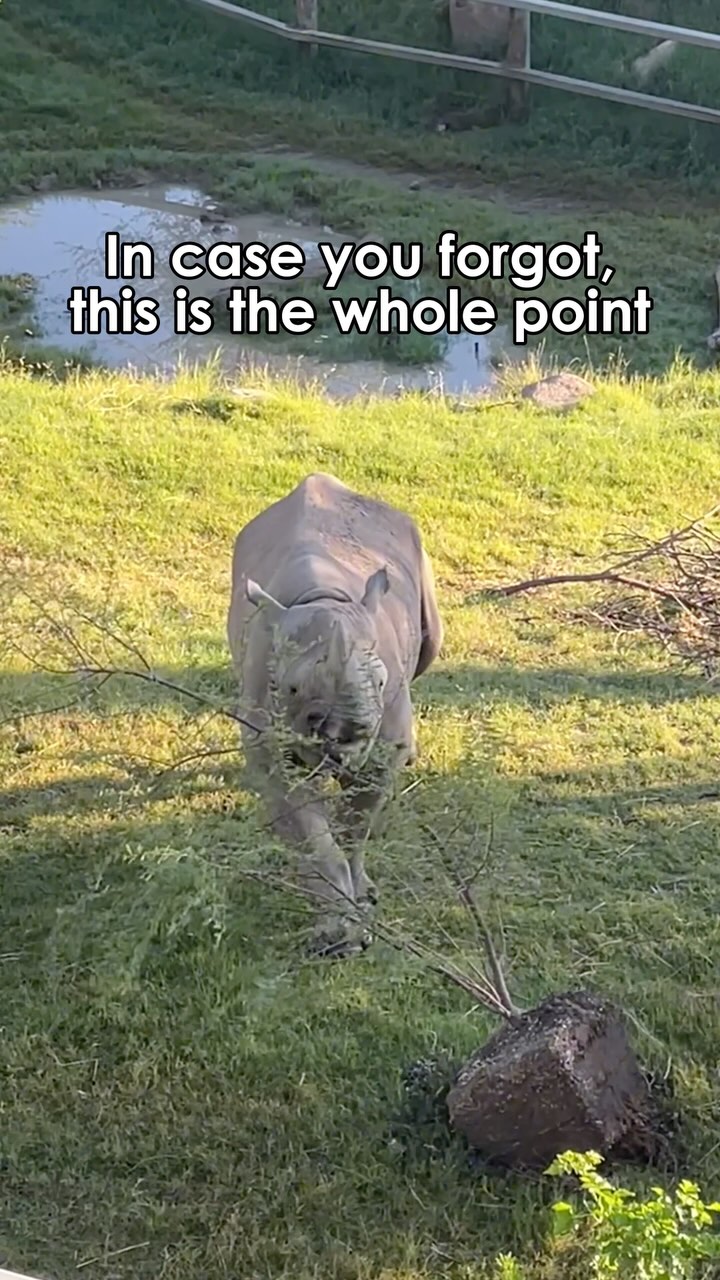- Protecting desert species is crucial for biodiversity and ecological balance.
- Conservation efforts involve collaboration and community engagement.
- Innovative zoo management practices support endangered species.
- Educational outreach fosters deeper public understanding of wildlife conservation.
- Technological advances enhance conservation strategies and research.
Human activities have long threatened the delicate ecosystems of deserts, home to numerous incredible species. Protecting these species is vital for maintaining biodiversity and ensuring ecological stability. The desert environment may seem harsh and barren, but it supports a wide array of life that has adapted to its extreme conditions.
Deserts are hotspots of biodiversity, home to species like the desert rhino, fennec fox, and Gila monster. Each species plays a role in its ecosystem, contributing to processes like nutrient cycling and food web dynamics. The interdependence of species means that the loss of one can disturb the entire ecological balance. Conservation efforts must prioritize preserving not just individual species but the intricate networks they form.
The success of wildlife conservation hinges on collaboration between organizations, governments, and communities. Local communities living in or near desert regions possess valuable knowledge and a vested interest in sustainable land management. Collaborative efforts that integrate scientific research with indigenous knowledge often yield the most effective conservation outcomes.
Community engagement initiatives empower local people to protect their natural heritage. Educating communities about the significance of desert ecosystems can inspire stewardship. Additionally, involving them in decision-making processes ensures that conservation strategies are culturally sensitive and sustainable.
Zoo management plays an integral role in conserving desert species. Modern zoos operate as conservation hubs, implementing breeding programs for endangered species and developing habitats that mimic natural conditions. By breeding species like the Addax and Scimitar-horned Oryx in captivity, zoos provide a safety net against extinction.
Moreover, zoos contribute to genetic diversity through managed breeding. They serve as educational platforms where visitors learn about conservation challenges and solutions. These experiences can inspire future generations to participate in wildlife protection efforts.
Educational outreach is crucial for raising awareness about the species that call deserts home. Programs designed for schools and communities highlight the importance of ecological preservation. By providing hands-on learning opportunities, these initiatives help people understand the complexities of conserving desert wildlife.
Workshops and seminars led by conservation experts can foster a deeper appreciation for the desert’s uniqueness. Through storytelling and interactive activities, individuals gain insights into the behaviors and habitats of species that may be unfamiliar to them. This understanding is fundamental for cultivating a culture of conservation.
Technological advancements have transformed conservation practices. Tools such as satellite tracking enable researchers to monitor wildlife movements and identify critical habitats. This data informs conservation strategies, helping to target efforts where they are most needed. Innovative technologies like drones and camera traps provide non-intrusive ways to study and protect species.
Genomics and bioinformatics are also revolutionizing conservation biology. By analyzing genetic material, scientists can assess population health, identify genetic bottlenecks, and develop breeding programs that enhance genetic diversity. This scientific foundation supports conservation planning and implementation.
Conservation of desert species requires a multifaceted approach, combining scientific research, community involvement, and technological innovation. These efforts are crucial for preserving the rich biodiversity deserts offer. By engaging people and utilizing advanced technologies, we can work effectively to safeguard the remarkable species that thrive in these unique ecosystems. Protecting the incredible species of the desert is a collective responsibility, one that ensures ecological health for generations to come.
*****
Source Description
Today and every day, we’re working to protect the incredible species that call the desert home. 🦏
And we couldn’t do it without you. Thank you. 🩶
📸: Team Member, Rylee S.


